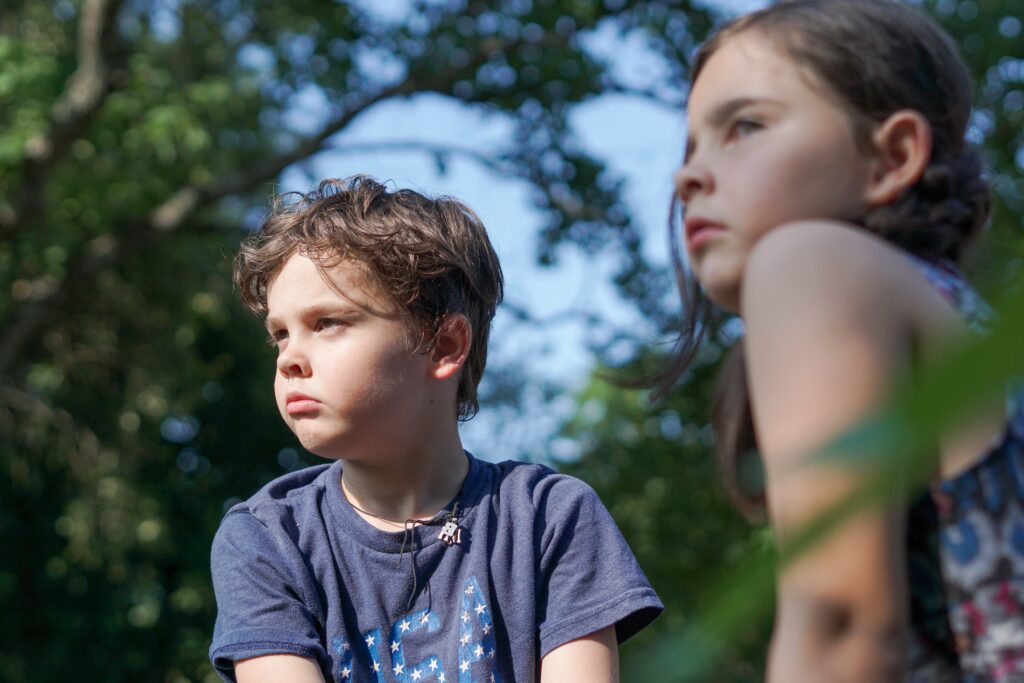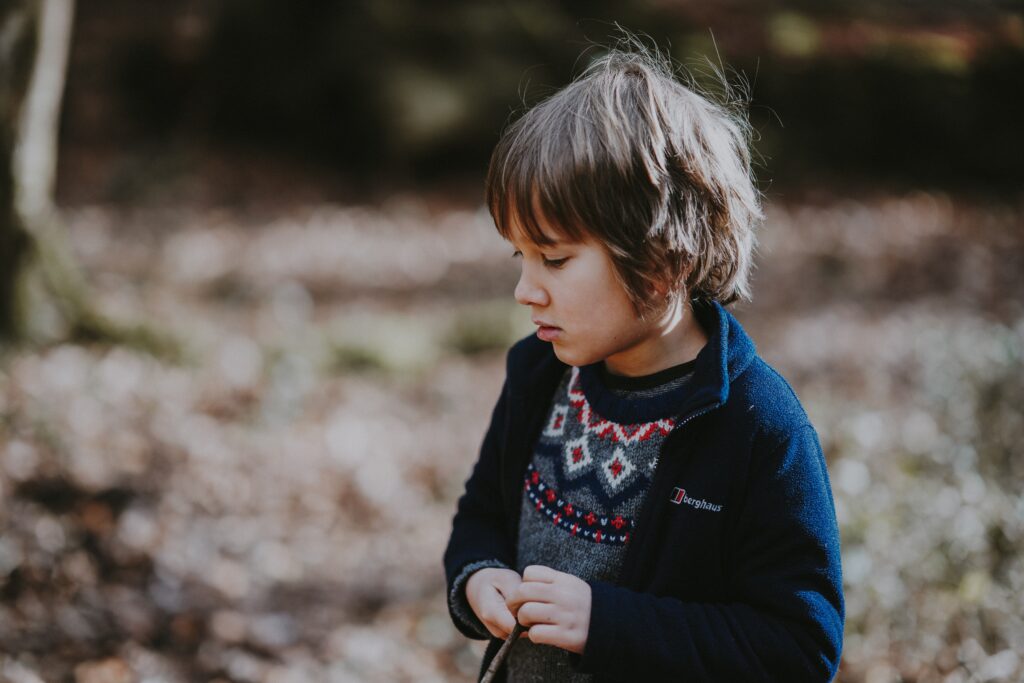Knowing how to deal with a rude autistic child can be a challenge, with a lot of factors to consider. We give you some tips below.
Autism and rudeness
Parenting, teaching, or being a relative to an autistic child can be a rewarding and enriching experience.
However, it is essential to recognise that an autistic child may exhibit behaviors that can be challenging to understand and manage.
Rude behaviours, often associated with autism can be distressing for both the child and the people around them.
In this article, we aim to provide guidance and strategies for parents, teachers, and relatives to compassionately deal with rudeness.

Educate yourself
One of the most important things to do is, acquire knowledge about autism and its characteristics.
By understanding the nature of autism, its impact on behaviour, and the challenges faced by autistic individuals, you can develop empathy and a supportive mindset.
Consult professionals such as doctors, therapists, or educators who specialise in working with autistic individuals.
They can offer valuable insights and tailored strategies to address rude behaviours effectively.
Alternatively our website has a wealth of articles abou the condition and how it may impact a child.
Ultimatley you will learn that there are a number of complicated difficulties many autistic children face.
If you were previously comparing them to a neuro-typical child, the education may teach you this is not always appropriate.
Embrace communication
It is well documented that autistic children often struggle with communication. So this tip is more relevant to those who have some form of communication at their disposal.
Regardless of the method, clear and open communication is key to building trust and understanding between you and the child.
Encourage the child to express their thoughts, feelings, and needs, using appropriate language and communication tools that suit their abilities.
Be patient and attentive, allowing them to communicate at their own pace.
When they display rude behaviour, gently remind them of more appropriate ways to express their emotions, emphasising that everyone’s feelings are important.
Identify triggers
Autistic children often thrive in structured and predictable environments.
Observe their behaviours to identify any triggers that may lead to rudeness, such as sensory overload, transitions, or changes in routine.
Once identified, work towards minimising or adapting these triggers to create a more comfortable and manageable environment for the child.
Establish consistent daily routines, visual schedules, or social stories to provide a sense of security and reduce anxiety.

Teach social skills
Autistic children may struggle with understanding social cues and appropriate responses, this can sometimes present as rudeness.
Introduce social skills training tailored to their abilities and age.
Utilise visual aids, role-playing, and modeling to teach them how to greet, take turns, share, and communicate politely.
Incorporate activities that promote emotional regulation, such as sensory calming techniques.
Encouraging self-awareness and empathy will empower them to navigate social interactions more effectively.
Provide a sensory friendly environment
Creating a sensory-friendly environment is a crucial aspect of supporting autistic children, including those who display rude behaviours.
Sensory sensitivities are common among kids with autism, and these sensitivities can contribute to frustration and discomfort.
This can obviously lead to rude or challenging behaviour.
By designing a sensory-friendly environment, you can help minimise sensory overload and create a more calming and comfortable space for the child.
Here are some things to consider;
Reduce excessive noise levels
Minimise loud or sudden noises by using noise-cancelling headphones, providing quiet spaces, or using sound-absorbing materials.
Adjust lighting
Use natural lighting whenever possible and consider installing dimmer switches or using softer, indirect lighting.
Reduce fluorescent lighting or harsh, flickering lights that may be overwhelming.
Manage visual distractions
Reduce clutter and visually overwhelming elements in the environment.
Use curtains, blinds, or filters to soften harsh sunlight or distracting visual stimulus.
Provide sensory tools
Offer a variety of sensory tools and resources such as fidget toys, stress balls, weighted blankets, or sensory bins filled with soothing materials like sand or rice.
Create a designated calming area
Dedicate a specific space where the child can retreat when they feel overwhelmed or need a break.
This area should be quiet, comfortable, and stocked with sensory tools or calming activities.
Incorporate sensory breaks
Allow scheduled breaks or opportunities for the child to engage in sensory activities that help them regulate their sensory input.
These breaks can involve activities like jumping on a trampoline, swinging or squeezing stress balls.
Praise positive behaviours
Focus on reinforcing positive behaviors rather than dwelling on the negative.
Praise and acknowledge the child’s efforts when they exhibit respectful and considerate behaviour.
Utilise a system of rewards or incentives that are meaningful to them, emphasizing their achievements and progress.
By highlighting their strengths and successes, you can cultivate their self-esteem and motivation to continue practicing positive social interactions.
Use tactful discapline
It would be wrong to suggest that the child should be exempt from all forms of discapline.
But when considering your options it is always important to recognise that their rudeness is very likely to be as a result of their condition.
Soft, considerate discapline may therefore be required.
Something like removing access to a favoured toy or device is one option.
With that said however you will have to ensure there is a clear link between the behaviour and the punishment.
Summary – How to deal with a rude autistic child
Dealing with rude behaviours in autistic children requires understanding, empathy, and a commitment to promoting positive growth.
By educating yourself about autism and identifying triggers you can provide the necessary tools for an autistic child to navigate social interactions and thrive.
Remember, each child is unique, and progress may take time.
With patience, love, and understanding, you can build a strong foundation for their future success and well-being.

